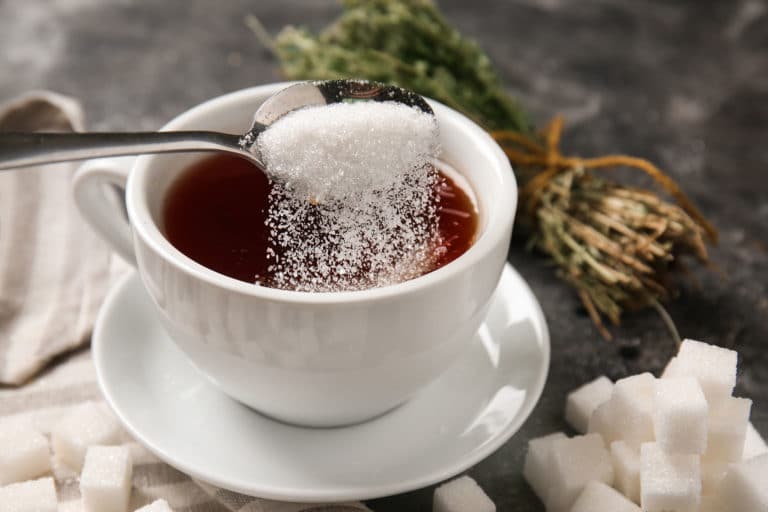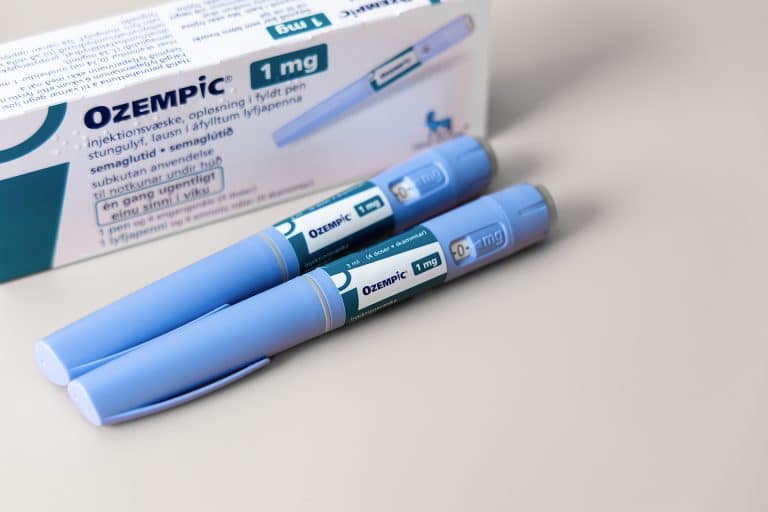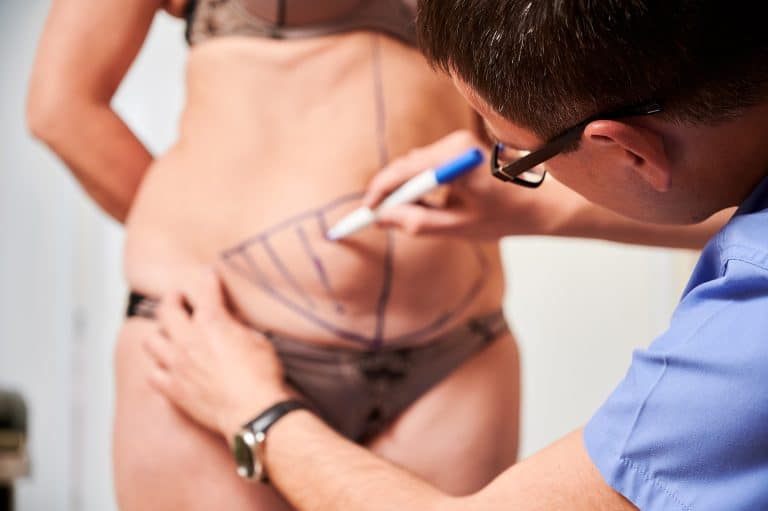Understanding and Managing Your Liposuction Recovery Time
There’s no body cosmetic procedure that’s probably as popular as liposuction — and for good reason. It helps sculpt and reshape your body by removing stubborn pockets of fat that are resistant to diet and exercise.
But while liposuction can be performed on an outpatient basis, you should never skimp on recovery. After all, your recovery affects the final outcome, and may even lead to complications if you don’t follow all your doctor’s instructions.
When you properly take care of yourself during the days and weeks after liposuction, you’re not only minimizing your discomfort, but also promoting optimal healing sans complications. You’re also giving yourself a chance to achieve long-lasting results you’ll feel confident about.
So in this article, we’ll take you through every stage of the liposuction recovery journey—from what to expect immediately after surgery to tips for a smooth, successful recovery at home. Let’s dive in!
Your Liposuction Recovery Timeline
Every person’s liposuction recovery journey varies, as it depends on a number of factors like your age and pre-existing health conditions.
That said, most people will follow this general liposuction recovery timeline.
Immediately After the Operation (1-3 Days)
Immediately after your liposuction procedure, you can expect some discomfort, swelling, and bruising in the treated areas. Your mobility will be limited initially, so be sure to have someone to drive you home and assist you with basic activities.
For the first 24-48 hours, you’ll feel sleepy and sore as the anesthesia wears off. But don’t worry because prescription painkillers can help provide relief from any mild to moderate pain.
You’ll also have compression garments and bandages on your treatment sites to control swelling and bleeding while supporting your new contours. If you notice some fluid drainage from the incision sites, don’t fret because it’s normal during this time.
While resting at home, be sure to take short, gentle walks every 2-3 hours to improve circulation and prevent blood clots. Your doctor may allow showers after 1-2 days, but baths, swimming, and strenuous activities should be avoided.
Weeks 1 to 4
In the first week, the treated areas will still appear very swollen and bruised, though the discomfort should start subsiding. You can likely return to work and light daily activities after a few days, but don’t engage in intense exercises or heavy lifting yet.
Your first follow-up appointment is typically scheduled for the end of week 1. Your surgeon will check your incisions, remove any drainage tubes, and provide guidance on gradually increasing your activity levels like walking more.
Throughout the first month, bruising should fade though swelling may persist. The initial liposuction results will begin emerging around weeks 2-3 as the swelling improves. During this time, you can start incorporating low-impact exercises like using a treadmill.
Weeks 4-8 Post-Op
By the 4-6 week mark, much of the swelling, bruising, and discomfort should be resolved, though the skin in the treated areas may still feel firm or uneven as it contracts.
Your doctor will likely clear you to remove the compression garment and resume your full exercise routine.
Your results will also look significantly improved compared to the initial weeks, but some very minor swelling could linger. Be patient as your body continues its healing process.
Beyond 8 Weeks
After 2-3 months, you’ll finally be able to appreciate your final liposuction outcome! Any remaining swelling should dissipate fully by this point.
But while the fat cells are permanently removed, maintaining your results requires a commitment to regular exercise and a balanced, nutritious diet to avoid future weight gain.
The recovery journey may involve temporary numbness, tingling sensations, or changes in skin sensitivity which should all resolve within several months.
If any concerning symptoms persist, contact your surgeon, but overall you can feel confident revealing your smooth new contours.
Factors Affecting Recovery Time
As mentioned above, every person’s liposuction healing journey is unique based on their specific combination of factors.
Age
Your age plays a role in how quickly you heal after liposuction.
Generally, younger patients tend to recover faster compared to older individuals.
However, age alone doesn’t guarantee a rapid recovery, as other health factors are also important.
Overall Health
Your baseline health status significantly impacts healing and recovery.
If you have any underlying medical conditions like diabetes, high blood pressure, or poor circulation, your body may take longer to fully mend itself after this surgical procedure.
Conversely, being in good general health can facilitate a smoother, quicker recovery process.
Extent of Surgery
The recovery timeline often correlates with how extensive your liposuction was.
Having multiple areas treated or a very large volume of fat removed will likely require a longer, more involved recuperation compared to a less invasive, targeted procedure on a smaller area.
Adherence to Post-Op Plan
Perhaps the most critical factor is how closely you follow your surgeon’s post-operative instructions.
Recommendations around compression garments, activity restrictions, incision care, and medications all play a vital role in enabling optimal healing.
Commitment to your individualized recovery plan can greatly affect how soon you bounce back.
Other Potential Factors
Beyond these major influences, other variables like your natural healing ability, pre-existing scarring, smoking status, and even stress levels may impact recovery timelines to some degree.
Optimizing Your Liposuction Recovery: Tips for Faster Healing
Now that you have an idea of how long it might take for you to heal from your liposuction, here are some tips to ensure everything stays on track.
Follow Your Surgeon’s Post-Op Instructions
This is perhaps the most critical factor in making sure you recover without a hitch. After all, your surgeon’s guidance is tailored specifically to promote your safe and proper healing.
This includes wearing compression garments as directed, taking prescribed medications, keeping incisions clean and dry, and avoiding strenuous activities until your doctor says so.
Get Lots of Rest
Your body requires ample rest and downtime to recover from liposuction. Resting as much as possible allows your body to devote its resources fully to healing.
Plan to take at least a few days off from work and other obligations immediately after liposuction. Avoid overexerting yourself with chores, errands or projects especially during the initial weeks.
Stay Mobile
While resting is crucial, it’s also important to get up and walk around every few hours to boost circulation and prevent blood clots or complications.
Start with short, gentle walks around the house, gradually increasing your activity levels per your surgeon’s approval over the following weeks.
Manage Your Pain and Discomfort
Proper pain management is key for a comfortable recovery.
Take all prescribed medications as directed, even if discomfort is relatively mild at first. Over-the-counter anti-inflammatories can also help control swelling and soreness.
Don’t hesitate to let your surgeon know if your pain isn’t adequately controlled. You might need to increase your dose or change your meds altogether.
Eat Healthily
Eating a nutritious, anti-inflammatory diet full of lean proteins, fruits, vegetables and healthy fats provides the nutrients your body needs to heal efficiently.
Stay hydrated by drinking plenty of water as well. Avoid alcohol, high-sodium foods, and tobacco products during recovery.
Try Lymphatic Massage
Lymphatic massage and other techniques like foam placements can be immensely helpful for minimizing swelling, smoothing contours, and enhancing optimal results.
Many patients begin these therapies within days after liposuction, then continue several times a week for two months.
Conclusion
Liposuction gives you a great opportunity to sculpt your body and achieve the contoured look you’ve always desired.
But the journey doesn’t end after surgery. A careful, patient recovery process is essential for ensuring the best results and your overall safety.
So if you’re thinking of getting liposuction, schedule a consultation with Dr. Siamak Agha. Discuss your cosmetic goals and let him develop a personalized plan for a smooth, successful recovery and stunning final outcome.
Liposuction FAQs
Is liposuction painful?
It’s perfectly normal to experience some discomfort during the initial stages of recovery. You can expect swelling, soreness, and mild pain in the treated areas for the first few days.
However, most patients find that these side effects peak within 4-5 days and begin subsiding rapidly after that point.
While a bit of lingering tenderness or tightness may persist for a short while, any residual discomfort can typically be controlled with proper pain medications.
Does liposuction leave scars?
Liposuction involves making small incisions to insert the cannula under the skin, so yes, it will leave tiny scars.
But the process itself is designed to minimize visible scarring as much as possible. The incision sites are strategically placed in less conspicuous areas or natural creases to help conceal any marks.
Your potential for scarring can vary based on factors like the extent of the procedure, the amount of fat removed, and your individual healing tendencies.
What should you wear after liposuction?
Right after your surgery, it’s best to avoid any restrictive or overly tight clothing that could add extra pressure or irritation to the treated areas. Instead, opt for loose, flowy garments that won’t constrict your body as it heals.
The key is choosing soft, stretchy fabrics that can easily accommodate any residual swelling without feeling binding or uncomfortable against your body.Remember, you’ll also be wearing a compression garment beneath your clothes, which can affect how your regular sizing fits.







